
- Exploring the Different Sections of Las Ramblas Barcelona
- Historical Context of Las Ramblas
- Transportation Options for Visiting La Rambla Barcelona
- What to See and Do on La Rambla Barcelona
- Safety Tips for Tourists on La Rambla Barcelona
- Additional Resources for Visitors
- Is La Rambla a Tourist Trap?
La Rambla Barcelona, often referred to as Las Ramblas, is not only a vital thoroughfare of Barcelona but also a cultural emblem that attracts millions of visitors each year. This lively 1.3-kilometer promenade stretches from the bustling Plaza de Cataluña to the historic port, creating a vibrant link between the city's heart and its maritime heritage.
With its rich tapestry of street performers, artists, and local vendors, Las Ramblas Barcelona pulsates with life. The ambiance is further enhanced by a multitude of cafés and terraces where visitors can relax and soak in the dynamic atmosphere, even though prices tend to be higher in this tourist-favored zone.
Exploring the Different Sections of Las Ramblas Barcelona
Las Ramblas is divided into several distinct sections, each with its unique charm and attractions, beginning at the Plaza de Cataluña:
- Rambla de Canaletes: This section is renowned for its iconic fountain, where locals and tourists alike gather for a drink of water and a moment of social interaction. It's a lively spot, often filled with people celebrating local sports victories.
- Rambla de los Estudios: Named after the former university, this area is a hub of cultural activity and is often filled with vibrant street art and performances. It was historically known for the nearby bird market, adding to its charm.
- Rambla de las Flores: Known for its vibrant flower stalls, this section is the most picturesque of the Ramblas Barcelona. It's home to the famous Mercado de la Boquería, where visitors can indulge in local delicacies and fresh produce.
- Rambla de los Capuchinos: This part is often referred to as the heart of the Ramblas Barcelona, where you can find historical landmarks such as the Gran Teatro Liceo and the Palacio Güell, showcasing the architectural marvels of the city.
- Rambla de Santa Mònica: Serving as the gateway to the harbor, this area is filled with restaurants and bars, making it a perfect place to unwind. The Mirador de Colón stands at the end, offering stunning views of the waterfront.
Historical Context of Las Ramblas
Las Ramblas has a rich history that dates back to the Middle Ages when it was originally a small stream outside the city walls. Over the centuries, it transformed into a vibrant cultural hub. The name "Rambla" comes from the Arabic word "ramla," which means a sandy area, highlighting the region's historical roots.
During the 19th century, Las Ramblas underwent significant urban development, making it a central point for social and cultural gatherings. The introduction of cafés, theaters, and shops transformed it into the bustling promenade it is today, known also as the Ramblas Barcelona.
Transportation Options for Visiting La Rambla Barcelona
Getting to La Rambla Barcelona is straightforward, thanks to the efficient public transport system in Barcelona. The following metro stations serve as key access points:
- Liceu: Located right in the heart of the Ramblas, making it the most convenient stop.
- Drassanes: A short walk from the southern end of La Rambla Barcelona, ideal for those visiting the waterfront.
- Catalunya: This station connects various metro lines and is a major transportation hub, making it easy to reach from different parts of the city.
In addition to the metro, several bus routes and tram lines serve the area, providing multiple options for visitors. For those who prefer a more scenic route, cycling and walking are also popular choices.
What to See and Do on La Rambla Barcelona
Beyond simply strolling along La Rambla Barcelona, visitors have a plethora of activities and sights to enjoy. Here are some highlights:
- Visit the Mercado de la Boquería: This historic market offers an exceptional array of fresh produce, local delicacies, and gourmet treats.
- Explore the Gran Teatro Liceo: One of the most prestigious opera houses in Europe, it hosts a range of performances, from opera to ballet.
- Admire the street performers: From musicians to human statues, the vibrant street performances are a hallmark of La Rambla Barcelona.
- Discover the various art galleries: The route is dotted with art galleries showcasing local and contemporary artists, making it a haven for art lovers.
- Relax at the Plaça Reial: A beautiful square lined with palm trees, it features numerous cafés and is perfect for people-watching.
Safety Tips for Tourists on La Rambla Barcelona
While La Rambla Barcelona is a vibrant and lively area, it's important to be aware of safety concerns, particularly regarding pickpocketing. Here are some tips to keep in mind:
- Stay aware of your surroundings: Keep an eye on your belongings, especially in crowded areas.
- Use a secure bag: Opt for a bag that can be closed and worn across your body to deter thieves.
- Avoid displaying valuables: Keep cameras, phones, and wallets tucked away when not in use.
- Be cautious in busy spots: Pickpockets often operate in crowded areas, so stay vigilant.
Despite these precautions, many tourists enjoy their visit to La Rambla Barcelona without any incidents, thanks to the vibrant atmosphere and friendly local culture.
Additional Resources for Visitors
For those planning a trip to La Rambla Barcelona, there are numerous resources available to enhance your visit. Consider watching travel guides that showcase the best of this iconic location. For example, this video offers a comprehensive overview of the area:
Additionally, local tourism websites provide updated information on events, festivals, and attractions in and around La Rambla Barcelona, ensuring visitors can make the most of their experience in Barcelona.
Is La Rambla a Tourist Trap?
There's a common question regarding whether La Rambla is just a tourist trap. While it is undeniably popular with tourists, it also reflects the city's cultural heritage and local life. Many locals frequent its bars and restaurants, especially in the less touristy sections.
Ultimately, La Rambla offers a unique glimpse into the heart of Barcelona and is worth experiencing, whether as a bustling thoroughfare or a leisurely stroll through its vibrant atmosphere.
 Gothic Quarter of Barcelona Guide
Gothic Quarter of Barcelona Guide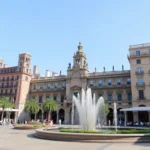 Catalonia Square: A Must-Visit Landmark in Barcelona
Catalonia Square: A Must-Visit Landmark in Barcelona Plaza de España: A Must-Visit Landmark in Madrid
Plaza de España: A Must-Visit Landmark in Madrid Hotels in Barcelona for Your Perfect Stay
Hotels in Barcelona for Your Perfect Stay Barcelona Tram Guide
Barcelona Tram GuideIf you want to know other articles similar to Las Ramblas in Barcelona: A Must-Visit Attraction you can visit the category WHERE YOU CAN GO.
Deja una respuesta

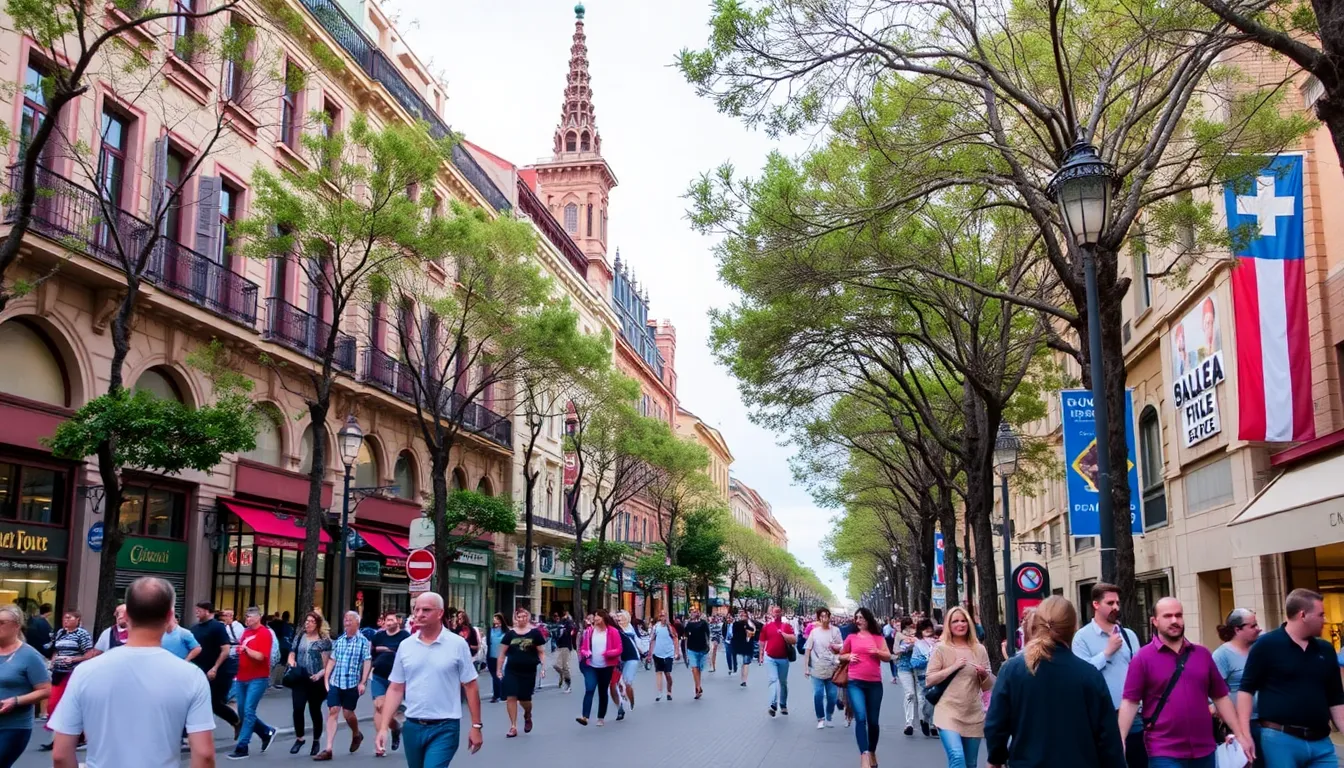
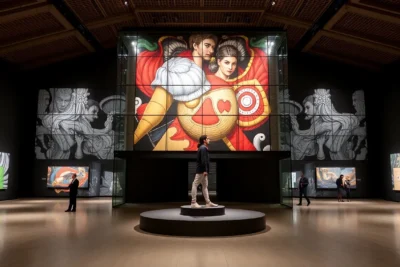
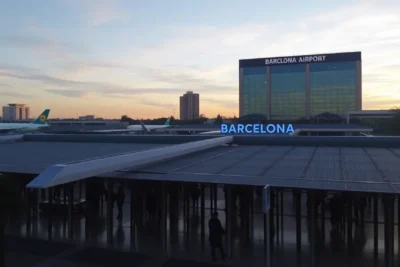
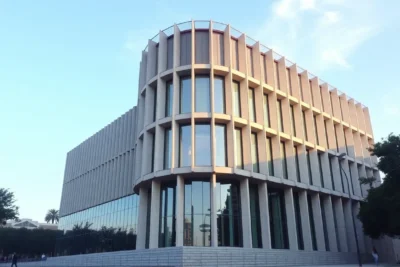
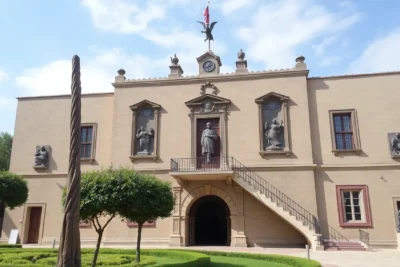
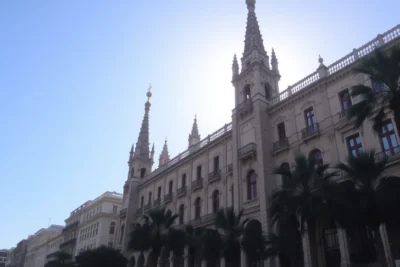
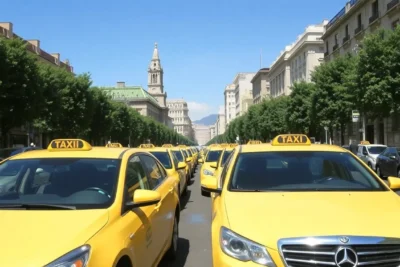
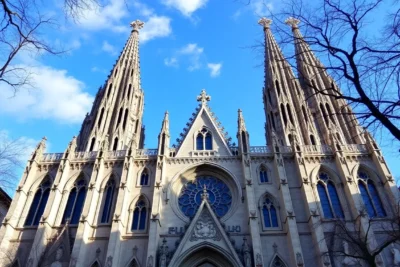
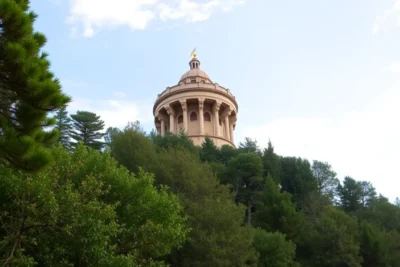
Read more!